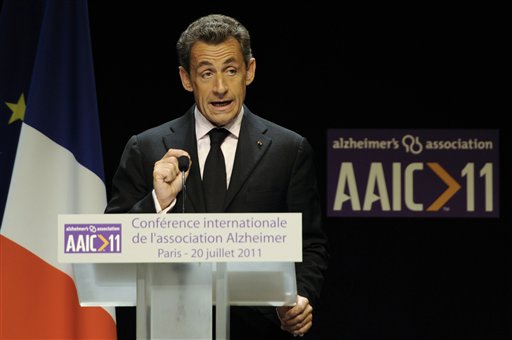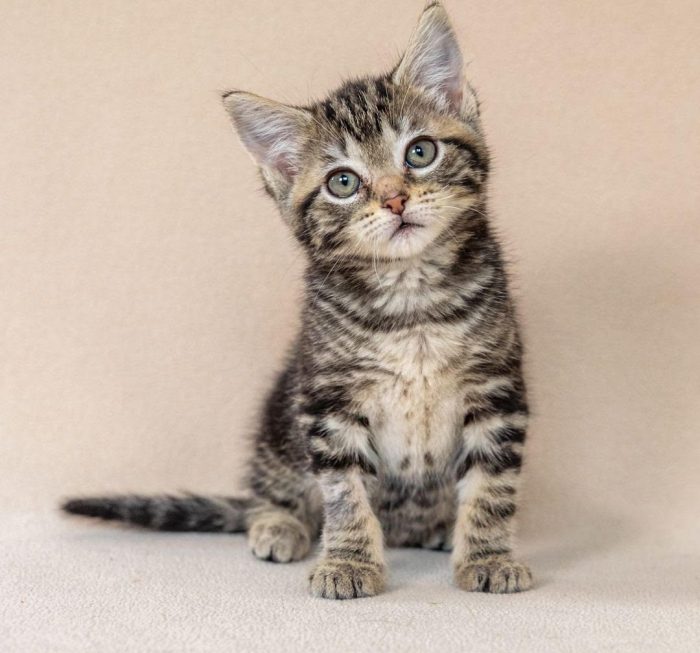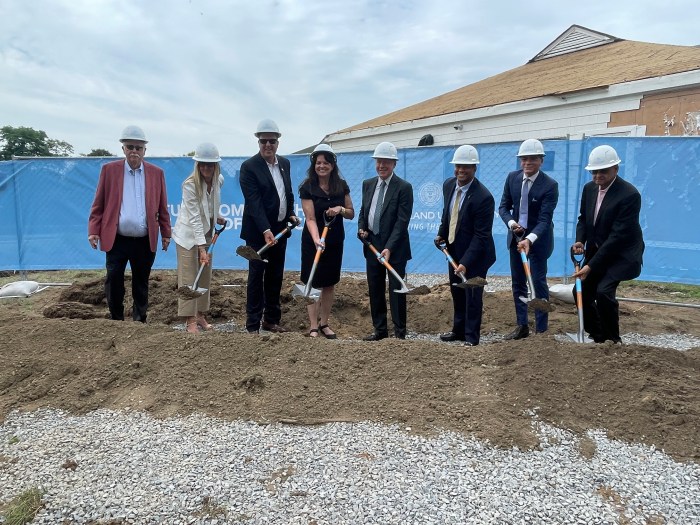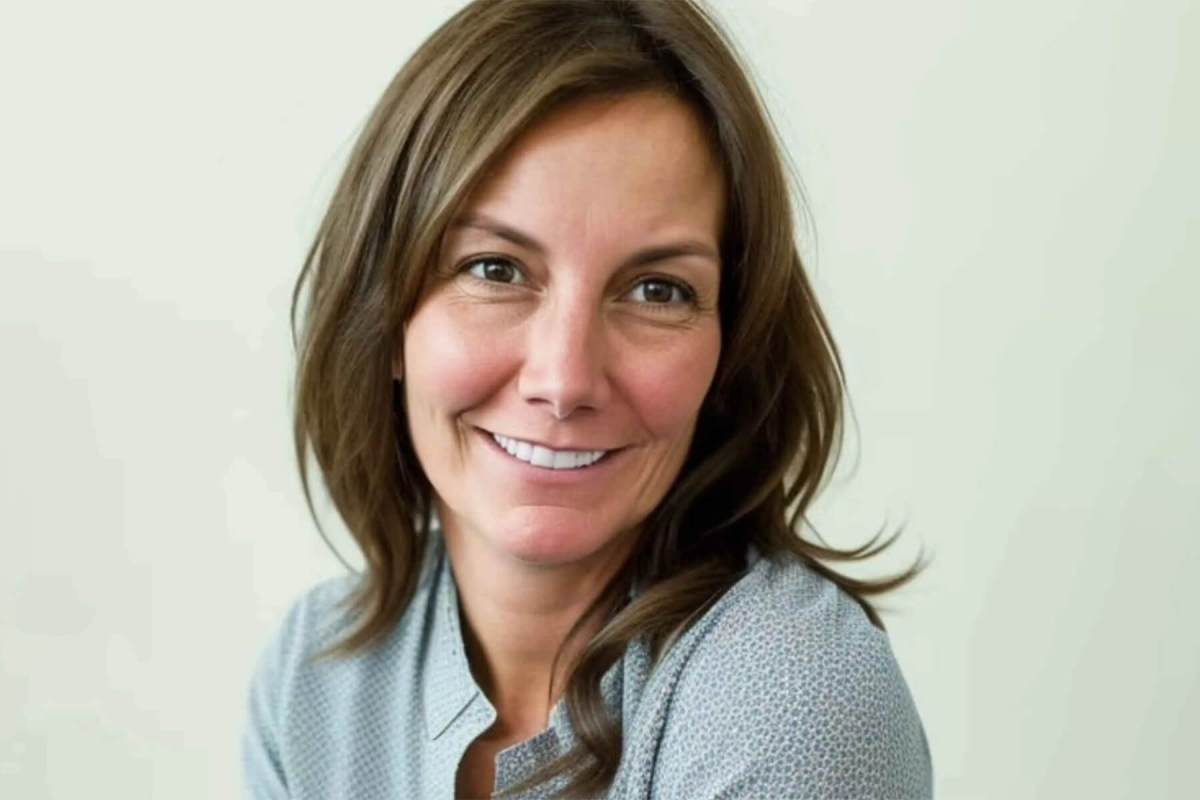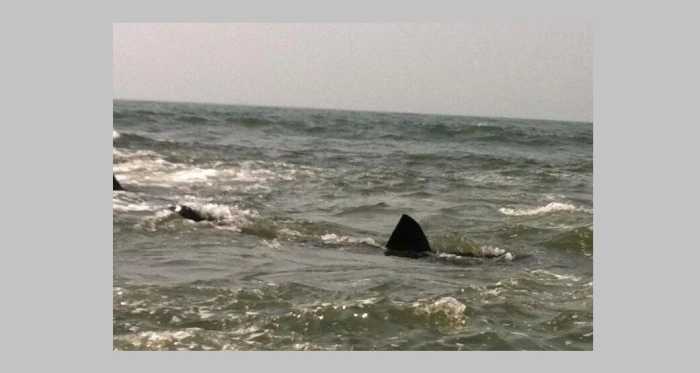
Scientists are closing in on a long-sought goal: A blood test to screen people for Alzheimer’s disease.
An experimental test did a good job of indicating how much of the telltale Alzheimer’s plaque lurks in people’s brains, Australian researchers reported Wednesday. If the test proves accurate in larger studies, it could offer a way to check people having memory problems to see who needs more definitive testing for the disease.
Many blood tests are being developed and a few are used in research settings now, but only the Australian one has been validated against brain scans and other accepted diagnostic tests with good accuracy in large groups of people, said Maria Carrillo, senior director of medical and scientific relations for the Alzheimer’s Association.
The results, reported Wednesday at the Alzheimer’s Association International Conference in France, “give us hope that we may be able to use a blood test in the near future,” although that doesn’t mean next year, she said.
More than 5.4 million Americans and 35 million people worldwide have Alzheimer’s, the most common form of dementia. It has no cure and drugs only temporarily ease symptoms. Finding it early allows patients and their families to prepare, and ruling it out could lead to diagnosing a more treatable cause of symptoms, such as sleep problems.
Brain scans can show signs of Alzheimer’s — sticky clumps of a protein called beta amyloid — a decade or more before it causes memory and thinking problems, but scans are too expensive and impractical for routine use. Doctors and patients need simple ways to screen people for the disease.
Samantha Burnham and others at Australia’s national science agency, CSIRO, working with several universities, used a long-running study of more than 1,100 people — some healthy, some impaired — to develop the blood test.
They started with blood samples from 273 study participants and identified nine hormones and proteins that seemed most predictive of amyloid levels in the brain. A cutoff level was set for what was considered high.
“The belief is that people above that point will go on to get Alzheimer’s disease, and the lag is about 8 to 10 years,” Burnham explained.
When researchers used the nine-marker blood test on these same participants, they found that it separated healthy people from those with mild cognitive impairment or Alzheimer’s as verified by their brain scans. The test correctly identified 83 percent of people with high amyloid levels and correctly ruled out 85 percent of people without this condition.
“That’s pretty high,” the Alzheimer’s Association’s Carrillo said of the test’s accuracy.
More importantly, she said, the Australian researchers validated the test’s accuracy in two additional groups: the other 817 folks in the Australian study and 74 people in a big U.S.-led study aimed at finding novel Alzheimer’s disease biomarkers.
The test performed well in those situations, too, Burnham said.
CSIRO has patented the test and is talking with major companies about making it commercially available.
“It sounds like the Australians do have good clinical data” and that the markers they are testing for track with cases of the disease, said Creighton Phelps, a neuroscientist with the U.S. National Institute on Aging.
The next step is wider validation work and ensuring it can be standardized to give reliable results regardless of what lab or doctor would use it, he said.
___
Online:
National Institute on Aging: http://www.nia.nih.gov/Alzheimers
Alzheimer’s Association: http://www.alz.org
___
Marilynn Marchione can be followed at http://twitter.com/MMarchioneAP
Copyright 2011 The Associated Press.




